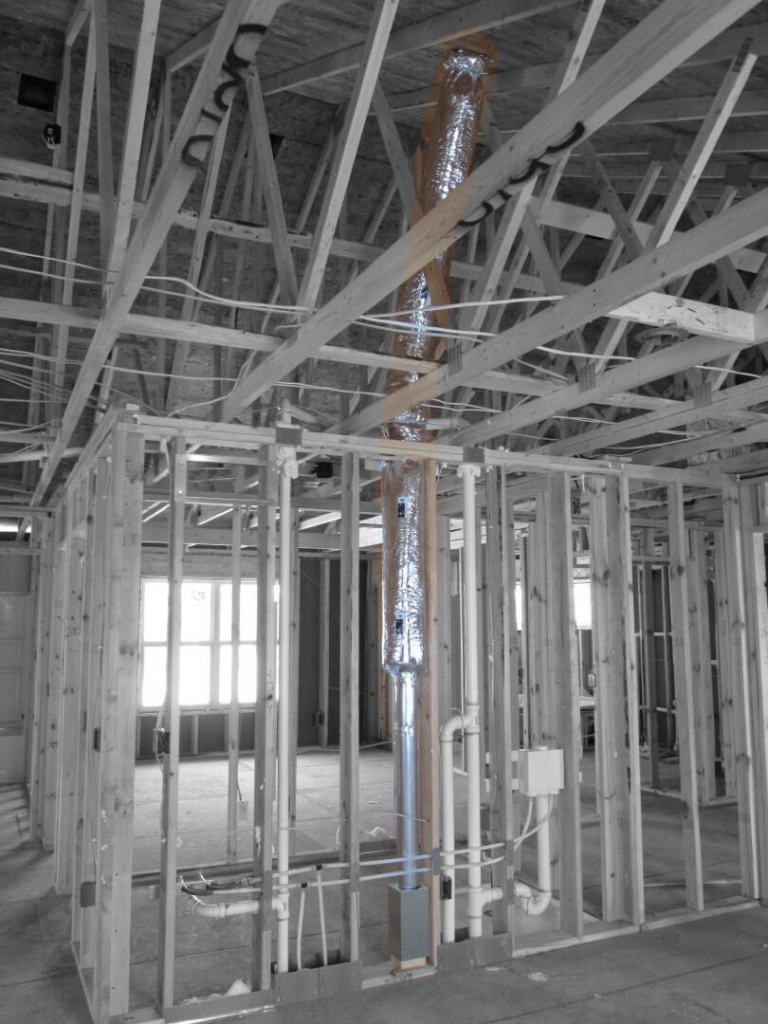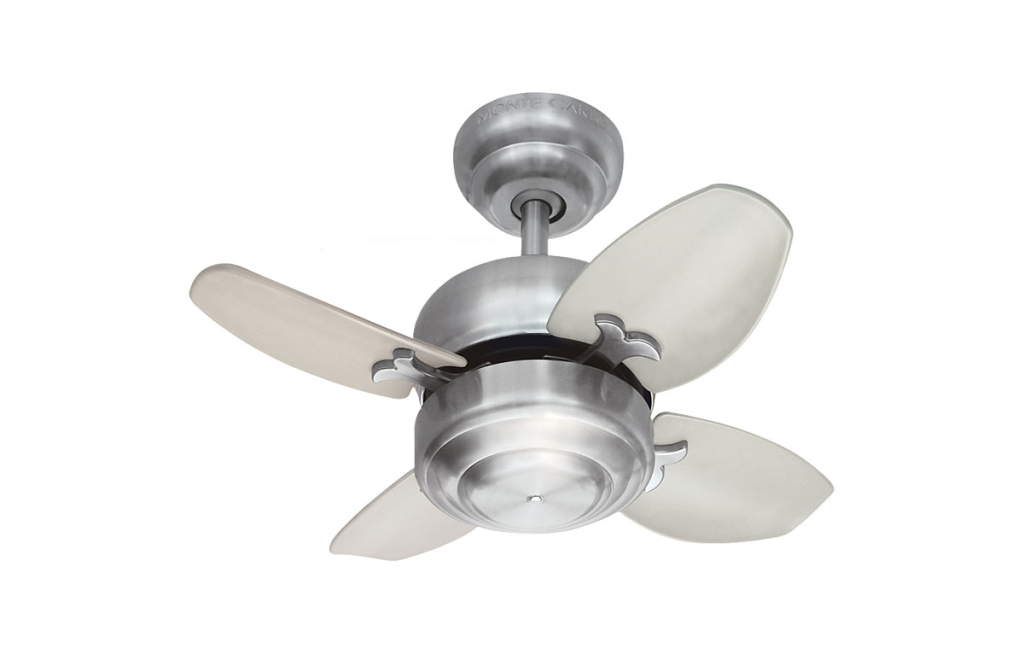A flush mount crystal ceiling light can transform any room into a glamorous and sophisticated space. These elegant lighting fixtures not only provide ample illumination but also serve as a stunning focal point in your home. Whether you’re remodeling your living room, bedroom, or hallway, a flush mount crystal ceiling light can add a touch of luxury and refinement. In this comprehensive guide, we’ll explore everything you need to know about flush mount crystal ceiling lights, from their benefits and styles to installation tips and maintenance.

What Is a Flush Mount Crystal Ceiling Light?
A flush mount crystal ceiling light is a type of ceiling fixture that is designed to be mounted directly against the ceiling without any hanging components. The light fixture is adorned with crystal elements, which can range from small beads to large, intricately cut pieces. These crystals refract light, creating a dazzling effect that enhances the overall ambiance of the room.
Key Features of Flush Mount Crystal Ceiling Light
- Crystal Accents: The crystals used in these lights can vary in size, cut, and color, adding a touch of sparkle and elegance.
- Compact Design: Flush mount fixtures sit close to the ceiling, making them ideal for rooms with low ceilings or for those who prefer a sleek, modern look.
- Versatile Styles: Available in various designs, from classic to contemporary, to suit different interior styles and preferences.
- Light Output: Despite their compact size, these lights can provide substantial illumination, depending on the number and type of bulbs used.
Read too: Striped Schoolhouse Ceiling Light Fixtures: Unveiling the Timeless Charm
Benefits of Choosing a Flush Mount Crystal Ceiling Light
Flush mount crystal ceiling lights offer a range of benefits that make them a popular choice for many homeowners. Here’s why you might consider installing one in your space:
1. Enhanced Aesthetic Appeal
The primary advantage of a flush mount crystal ceiling light is its ability to add a touch of glamour and sophistication to any room. The sparkling crystals catch and reflect light, creating a beautiful, shimmering effect that enhances the overall decor.
2. Space-Saving Design
Flush mount fixtures are designed to be close to the ceiling, which is ideal for rooms with lower ceilings or for spaces where a hanging fixture would be impractical. This design allows for more headroom and prevents the fixture from obstructing the view.
3. Even Lighting Distribution
Unlike some pendant or chandelier lights that can cast shadows or create uneven lighting, flush mount crystal ceiling lights offer more uniform illumination. This can make them an excellent choice for general lighting in a variety of settings.
4. Easy Installation and Maintenance
Flush mount lights are generally easier to install and maintain compared to more complex fixtures. Since they don’t have any hanging components, there’s less risk of parts becoming loose or requiring frequent adjustments.
Different Styles of Flush Mount Crystal Ceiling Lights
Flush mount crystal ceiling lights come in a variety of styles, each offering its unique look and charm. Here are some popular styles to consider:
1. Classic Crystal Flush Mounts
These fixtures often feature traditional crystal elements and intricate designs. They are perfect for formal spaces such as dining rooms, living rooms, or entryways. Classic designs may include detailed metalwork and a larger array of crystals for a more opulent appearance.
2. Modern Crystal Flush Mounts
Modern designs focus on clean lines and minimalist aesthetics. They may use geometric crystal shapes or sleek metal frames to complement contemporary interiors. These fixtures are ideal for modern living spaces, kitchens, or bathrooms.
3. Transitional Crystal Flush Mounts
Transitional styles blend elements of both traditional and modern design. These fixtures often incorporate classic crystal elements with updated shapes and finishes, making them versatile enough to fit in a variety of home decors.
4. Mini Crystal Flush Mounts
For smaller spaces or rooms where you want a touch of elegance without overwhelming the area, mini crystal flush mounts are a great choice. They offer the same sparkling effect in a more compact size.
Installation Tips for Flush Mount Crystal Ceiling Lights
Proper installation ensures that your flush mount crystal ceiling light functions correctly and looks its best. Follow these tips to achieve a successful installation:
1. Choose the Right Location
Select a location for your light fixture that provides adequate clearance and avoids obstructing any other fixtures or furnishings. Ensure that the location has access to an electrical junction box.
2. Turn Off the Power
Before beginning any electrical work, turn off the power to the circuit at the breaker box. This ensures your safety during the installation process.
3. Assemble the Fixture
Follow the manufacturer’s instructions to assemble the light fixture. This may involve attaching crystals or other decorative elements to the base of the fixture.
4. Connect the Wires
Connect the wires from the fixture to the corresponding wires in the junction box. Typically, this involves connecting the black (hot) wires, white (neutral) wires, and green or copper (ground) wires. Use wire nuts to secure the connections.
5. Mount the Fixture
Attach the base of the fixture to the mounting bracket or ceiling box using the provided screws. Ensure that the fixture is securely mounted and aligned properly.
6. Install the Bulbs
Insert the appropriate bulbs into the fixture. Check the manufacturer’s recommendations for the correct type and wattage of bulbs to use.
7. Test the Light
Turn the power back on and test the light to ensure it is functioning correctly. Adjust any components as needed and ensure that the crystals are properly aligned and secure.
Maintenance and Care for Flush Mount Crystal Ceiling Lights
To keep your flush mount crystal ceiling light looking its best, regular maintenance is essential. Here are some tips to help you care for your fixture:
1. Clean Regularly
Dust and dirt can accumulate on the crystals and fixture over time. Use a soft, lint-free cloth to gently wipe the crystals and metal components. For more thorough cleaning, use a crystal-cleaning solution recommended by the manufacturer.
2. Check for Loose Parts
Periodically inspect the fixture for any loose crystals or components. Tighten any loose screws or connections to ensure the fixture remains secure.
3. Replace Bulbs as Needed
Replace any burnt-out bulbs promptly to maintain consistent lighting. Always use bulbs with the recommended wattage to avoid damage to the fixture.
4. Avoid Harsh Chemicals
Avoid using harsh chemicals or abrasive materials that could damage the crystals or finish of the fixture. Stick to gentle cleaning solutions and tools.
Conclusion
A flush mount crystal ceiling light can be a stunning addition to any room, offering both functional illumination and elegant decor. With a variety of styles and designs to choose from, you can find the perfect fixture to complement your home’s interior. By following proper installation and maintenance practices, you can ensure that your flush mount crystal ceiling light remains a beautiful and functional centerpiece for years to come.


















